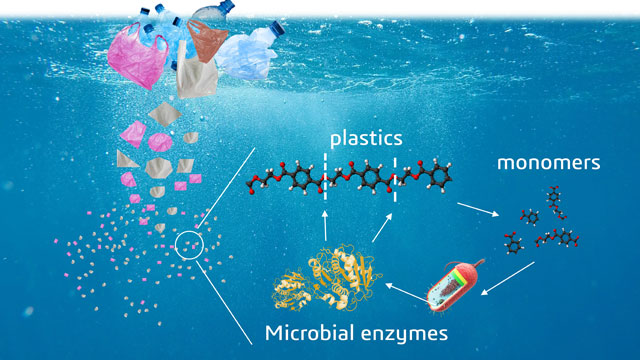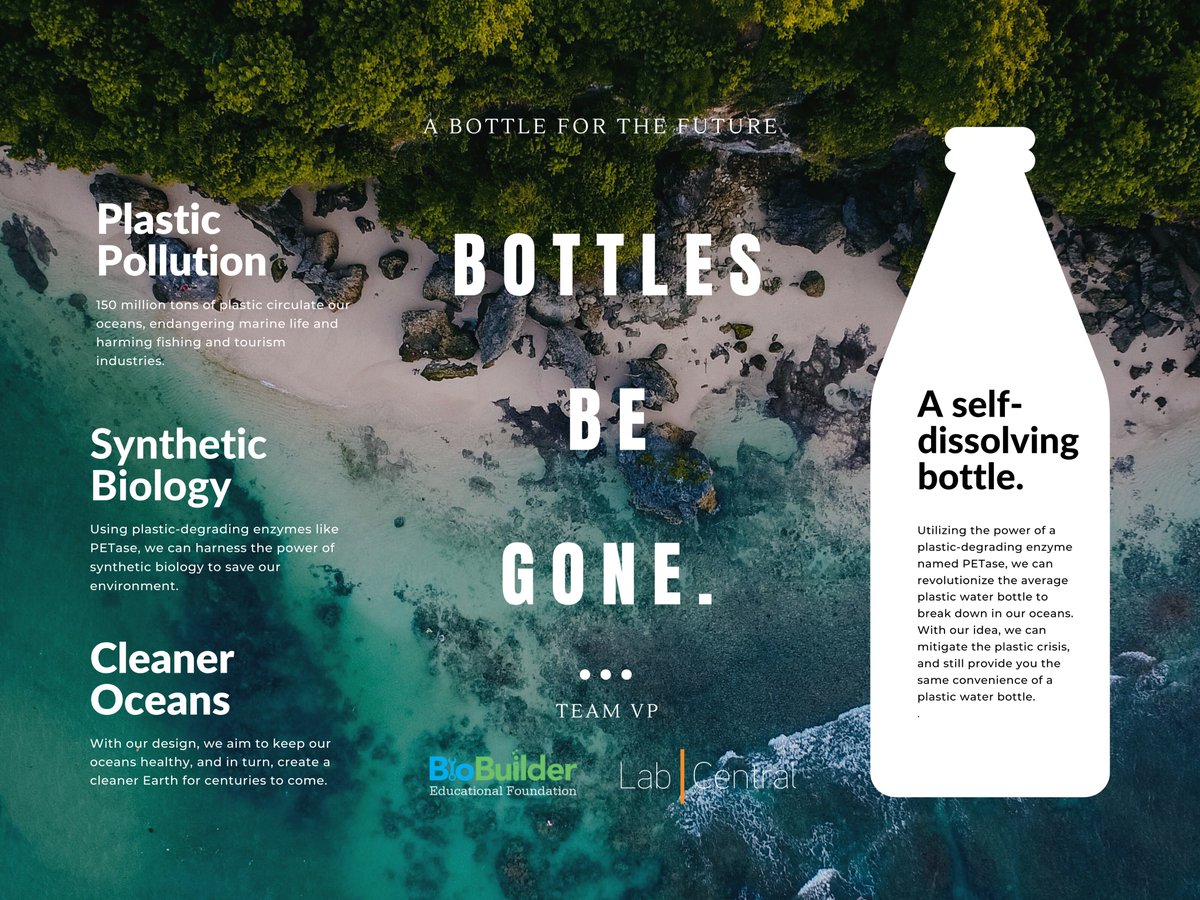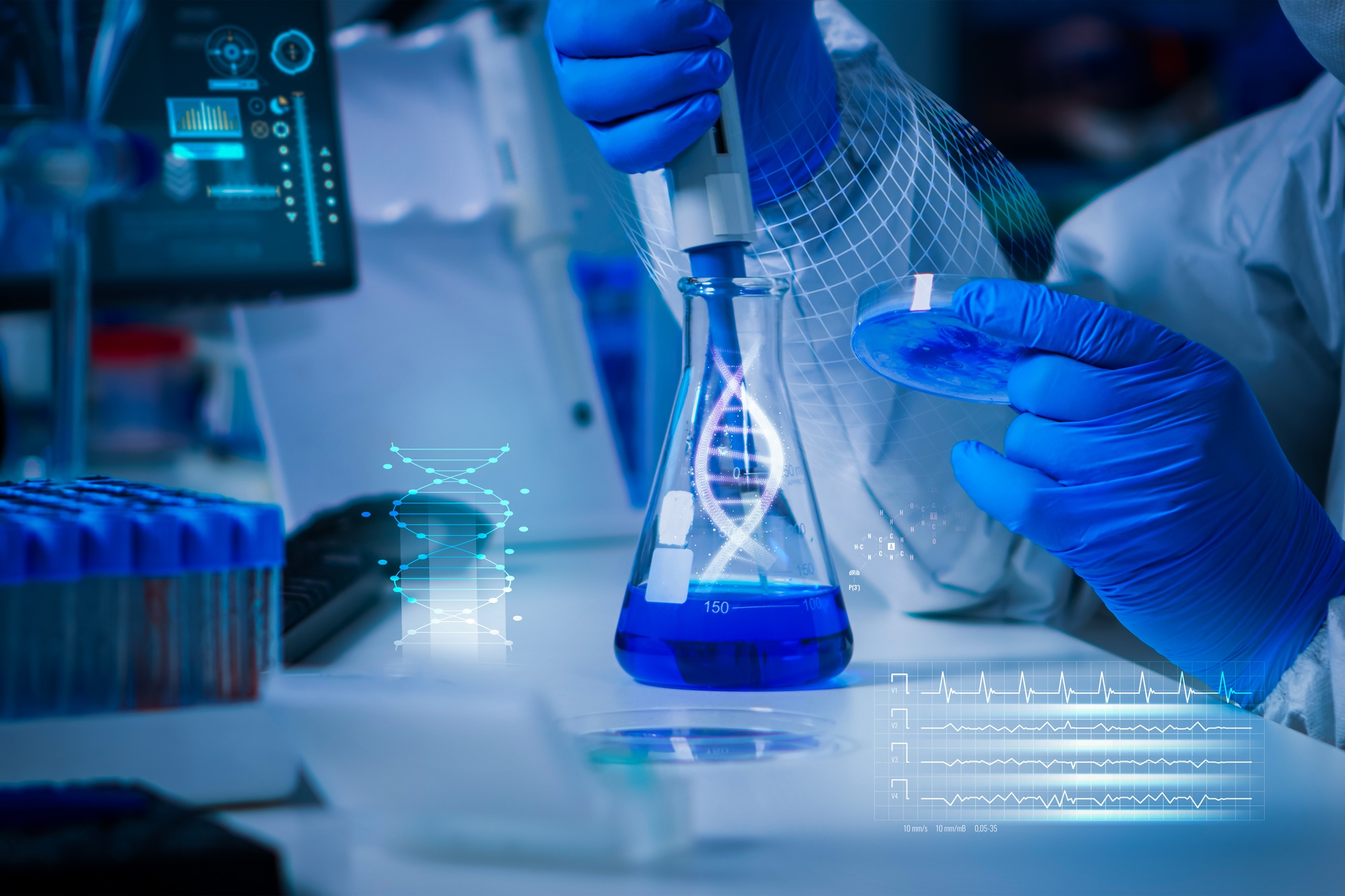We all have a love-hate relationship with plastic. We love its convenience but hate the trash. Worse still, the trash lives longer than humans!
The menace of plastic is not new. But, the bliss of the solution is.
The ever-evolving field of biotech has made significant progress in developing special (almost custom-made) organisms for eating away plastic waste.
Here’s where biotech meets clean-tech.
Before I get into the details, let’s get some of your questions answered.
What is synthetic biology?
Synthetic biology is a field of science that involves redesigning organisms for useful purposes by engineering them to have new abilities.
Redesigning organisms so that they produce a substance, such as a medicine or fuel, or gain a new ability, such as sensing something in the environment, are common goals of synthetic biology projects.
How does it relate to gene editing?
They are similar and yet different.
In synthetic biology, scientists typically stitch together long stretches of DNA and insert them into an organism’s genome. These synthesized pieces of DNA could be genes that are found in other organisms, or they could be entirely novel.
In genome editing, scientists typically use tools to make smaller changes to the organism’s own DNA. Genome editing tools can also be used to delete or add small stretches of DNA in the genome.
Let’s now understand how synthetic biology is a game-changer for plastic recycling.
Furious facts
- Some 99 percent of the plastic bags and containers on the market today are non-biodegradable and derived from climate-warming fossil fuels and petroleum.
- 390 million tons of plastics were produced in 2021, the majority of which ended up back into nature.
- The United Nations Environment Program estimates that humans produce more than 300 million tonnes of plastic waste globally every year.
- About 11 million tonnes of this waste ends up in oceans, harming and killing millions of birds and other wildlife each year, according to a 2020 report.
- Only 9 percent of all plastic waste ever produced has been recycled. About 12 percent has been incinerated, while the rest–79 percent–has accumulated in landfills, dumps, or the natural environment.
Fun facts
- While plastics are a pollutant for most living things, some bacteria and fungi have acquired the ability to turn them into a source of energy.
- Synthetic biology proposes to apply engineering methods to molecular biology to “optimize living things”.
- Combining synthetic biology with these micro-organisms could be a solution for recycling plastics.
- A common environmental bacterium, Comamonas testosteroni, could become nature’s plastic recycling center. While most bacteria prefer to eat sugars, C. testosteroni, instead, has a natural appetite for complex waste from plants and plastics.
Plastic eaters in nature
Found in the soil, the sea, or the intestines of some animals, several species of micro-organisms can attack different types of plastics (PET, PP, PS, PE, PUR, PLA…) thanks to enzymes that alter these long hydrocarbon chains.
The process is most effective when the plastics have already been damaged, for example by UV light or chemical treatments, and when the micro-organisms are placed under optimal pH and temperature conditions.
However, each species is only active on certain plastics, and being able to attack a material does not imply being able to degrade it completely.
Even the strains that have attracted the most attention, such as Ideonella sakaiensis, a bacterium that breaks down PET into its constituent monomers, have a major limitation: they need a few weeks or even months to degrade limited quantities of plastics.
In other words, these plastic-eating micro-organisms are not an ideal solution for managing our pollution. But they could still be of great help to us!
Making the most of what we have

Since 2000, synthetic biology has proposed applying engineering methods to molecular biology. It considers genes and other DNA sequences (especially regulatory ones) as building blocks that can be optimized and combined in a metabolic engineering logic.
The new biological synthesis pathways thus devised can then be implanted in cells, generally micro-organisms, which become small genetically modified production factories.
This approach has its limitations, the main one being the chaotic complexity of living organisms. A synthetic pathway that seems optimal in theory does not always work in practice, once confronted with the reality of a cell’s environment.
The transition to a larger scale, which is essential for many applications, constitutes an additional level of difficulty: living systems often remain sensitive and unpredictable.
Nevertheless, in the last twenty years, synthetic biology has become much more than a theoretical vision. Fuelled by biotechnological advances such as DNA synthesis, high-throughput sequencing, and new gene-editing techniques, supported by increasingly powerful computer tools and integrating new knowledge structured in increasingly rich databases, it seems reasonable to expect synthetic biology to produce breakthroughs.
Hurdles along the way
On the one hand, this deconstruction of plastics releases the additives added to these materials, which must be managed on their own.
On the other hand, these approaches remain more expensive than production from fossil resources, and incentives will be needed to push manufacturers to implement them.
Moreover, as yields are never perfect, the life cycle of plastics will not be infinite. Finally, even if they are no longer purely theoretical, these processes are still being developed.
Breakthroughs
In a new Northwestern University-led study, researchers have, for the first time, deciphered the metabolic mechanisms that enable C. testosteroni to digest the seemingly undigestible. This new information could potentially lead to novel biotechnology platforms that harness the bacteria to help recycle plastic waste.
Comamonas species are found nearly everywhere — including in soils and sewage sludge. C. testosteroni first caught researchers’ attention with its natural ability to digest synthetic laundry detergents. After further analysis, scientists discovered that this natural bacterium also breaks down compounds from plastic.
Although bacteria can be engineered to break down plastic waste, bacteria with natural abilities to digest plastics hold more promise for large-scale recycling applications.
Soil bacteria provide an untapped, underexplored, naturally occurring resource of biochemical reactions that could be exploited to help us deal with the accumulating waste on our planet.
BTW, here’s a heartening development…

Sources:
National Human Genome Research Institute


